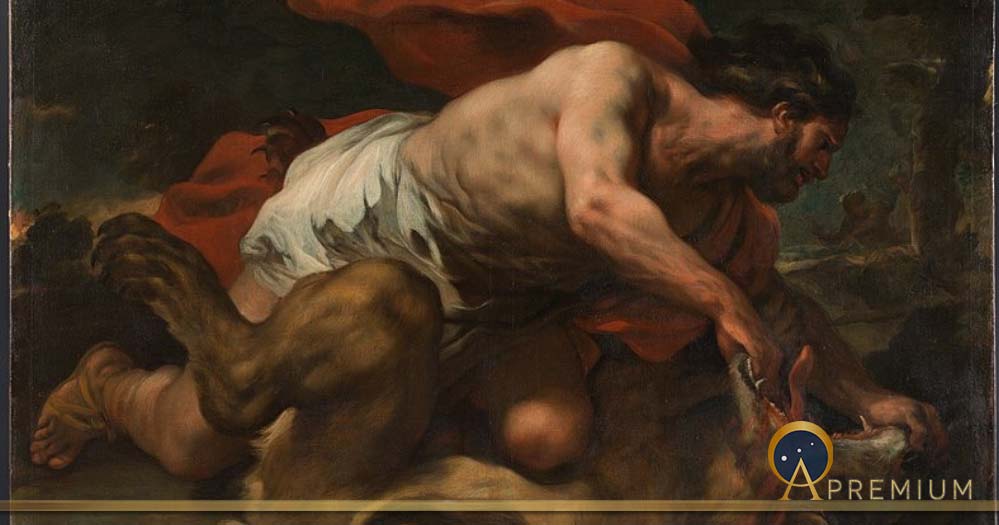Metallurgical Key Unlocking Samson’s Lion Riddle
Biblical Samson challenged his wedding guests with a riddle: “ Out of the eater came something to eat, and out of the strong came something sweet”. The simple answer is Samson was referring to a swarm of bees which had made a honeycomb inside the carcass of a lion he had previously torn apart with his bare hands in Timnah. But there is a deeper metaphor to be mined, using a metallurgical key, in the light of archaeological discoveries in the Timnah Valley (southern Israel), of an Egyptian shrine associated with ancient copper mines. The riddle might refer to a smelting furnace which “eats” the mineral with the fire, producing a dull noise, similar to the roar of the lion and the buzz of the bees in the hive, and the honeyed-colored copper gushing out. The recurring themes of the lion, the bees producing honey and fire can be found among various civilizations’ mythologies and spanning numerous epochs, starting from the Nemean lion slain by Hercules up to the famous ‘Sword in the Stone’ of King Arthur.

Chalcolithic copper mine in Timnah Valley (שומבלע /CC BY-SA 2.5)
The full biblical account of Samson’s narrative is found in the Book of Judges (14:1 – 14): “ Samson went down to Timnah and saw there a young Philistine woman. When he returned, he said to his father and mother: ‘I have seen a Philistine woman in Timnah; now get her for me as my wife’… Samson went down to Timnah together with his father and mother. As they approached the vineyards of Timnah, suddenly a young lion came roaring toward him. The Spirit of the Lord came upon him in power so that he tore the lion apart with his bare hands as he might have torn a young goat. But he told neither his father nor his mother what he had done. Then he went down and talked with the woman, and he liked her. Some time later, when he went back to marry her, he turned aside to look at the lion’s carcass. In it was a swarm of bees and some honey, which he scooped out with his hands and ate as he went along. When he rejoined his parents, he gave them some, and they too ate it. But he did not tell them that he had taken the honey from the lion’s carcass. Now his father went down to see the woman. And Samson made a feast there, as was customary for bridegrooms. When he appeared, he was given thirty companions. ‘Let me tell you a riddle’, Samson said to them.
Like this Preview and want to read on? You can! JOIN US THERE ( with easy, instant access ) and see what you’re missing!! All Premium articles are available in full, with immediate access.
For the price of a cup of coffee, you get this and all the other great benefits at Ancient Origins Premium. And - each time you support AO Premium, you support independent thought and writing.
Felice Vinci graduated in Nuclear Engineering in the University of Rome in 1971 and is the author of the book “Homer in the Baltic. The Nordic Origins of the Odyssey and the Iliad, that was published in Italy, USA, Russia, Estonia, Sweden, Denmark, Germany, and France. It has been adopted as a text for the students of the Bard College of New York.
Top Image: Samson and the Lion by Luca Giordano (1694) Museo del Prado (Public Domain)
By: Felice Vinci
















